UCSB Housing Crisis Needs a New Policy
Senate Bill 423 Could Help Solve the Apartment Crunch
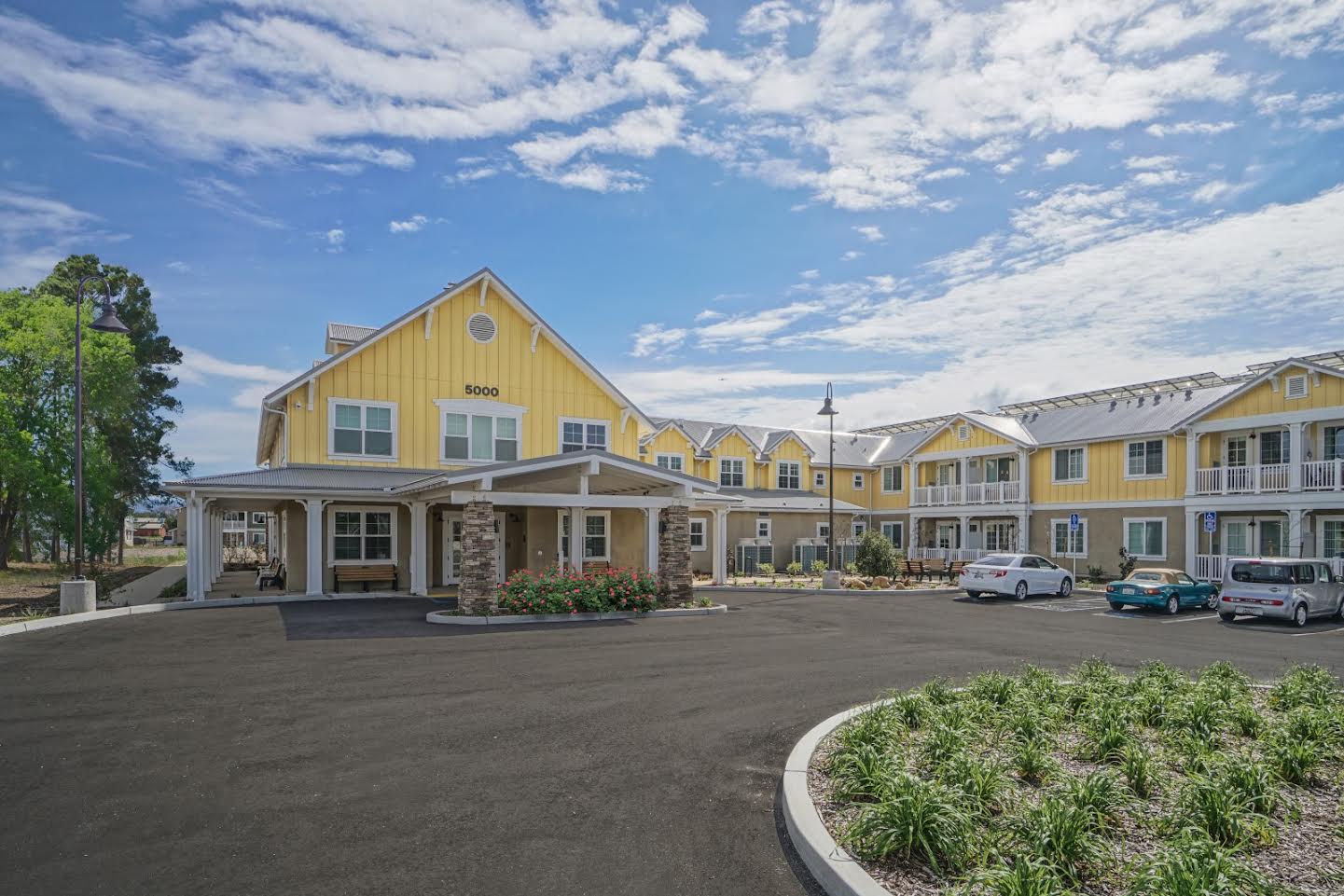
Santa Barbara’s appeal is obvious for anyone, let alone for the thousands of students and residents here seeking high-quality education and a laid-back beachy lifestyle. But the picturesque lifestyle Santa Barbara is known for is increasingly unaffordable and inaccessible due to another of the realities the South Coast is known for — the crushing housing crisis. Increasing enrollment and stagnant housing opportunities have caused many students to turn to off-campus housing where they face exorbitant prices for overcrowded and poorly managed units. Even worse, some students are forced to live in cars or campers. This has made UC Santa Barbara’s failure to address the housing crisis globally infamous.
While UCSB bears much of the responsibility for not increasing the housing supply for new students, that does not let surrounding cities off the hook. Santa Barbara, Goleta, and other cities on the South Coast must also address their part in solving the local housing shortage. One state bill, Senate Bill 423 by Senator Scott Wiener of San Francisco, will help them do just that.
About 61 percent of UCSB students live off campus, many of them spread across Isla Vista, Goleta, and Santa Barbara. Students help boost the local economy and create stronger, more diverse communities, but due to decades of predominantly single-family, exclusionary zoning, students increasingly find themselves competing with neighbors for housing. Or they are priced out entirely. Community opposition to denser housing has made it difficult for builders to overcome the increased cost of building near the coast in order to build more affordable, multifamily housing that is often a good fit for students.
As a result, Santa Barbara is the fifth most expensive city to live in in the country.
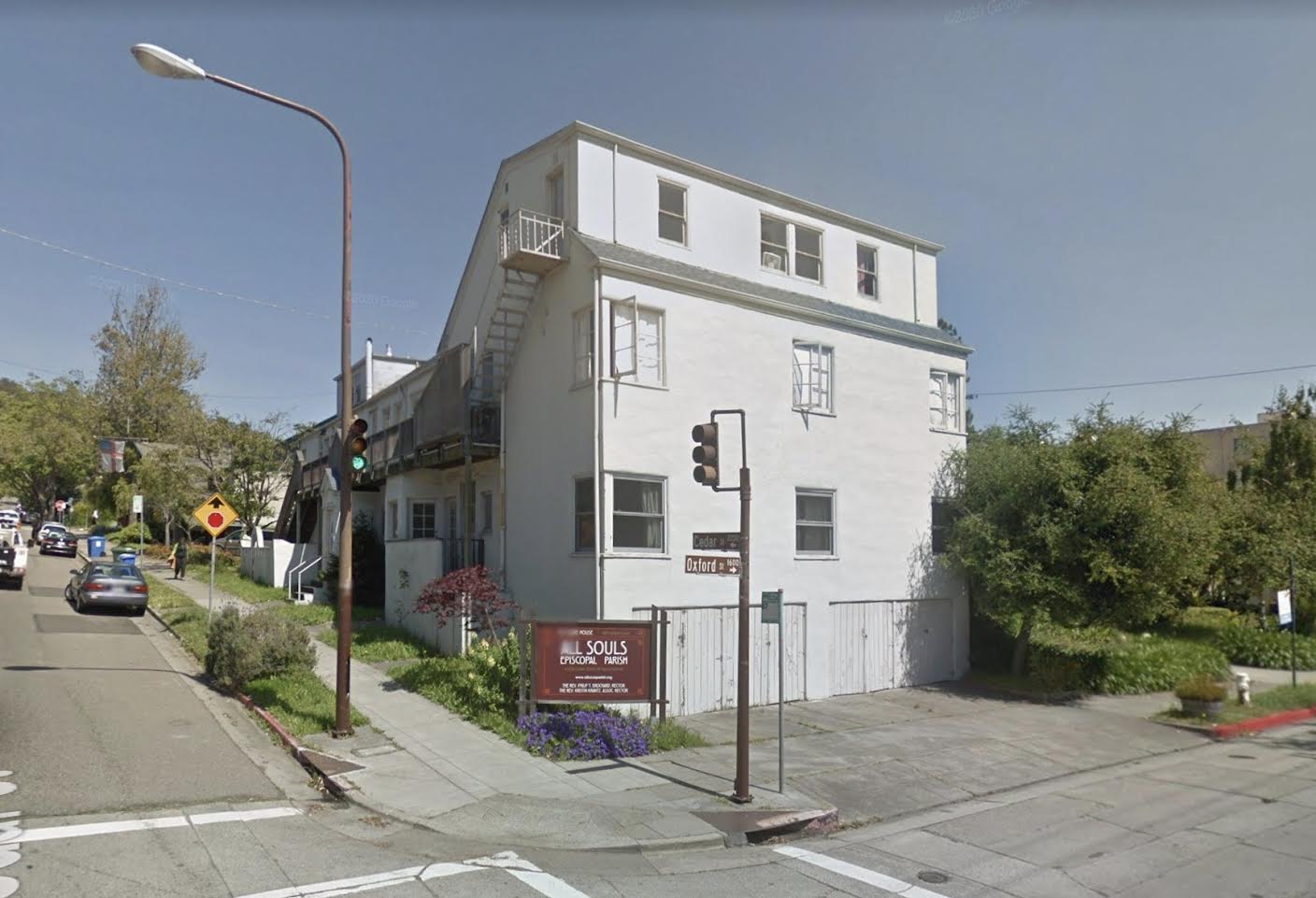
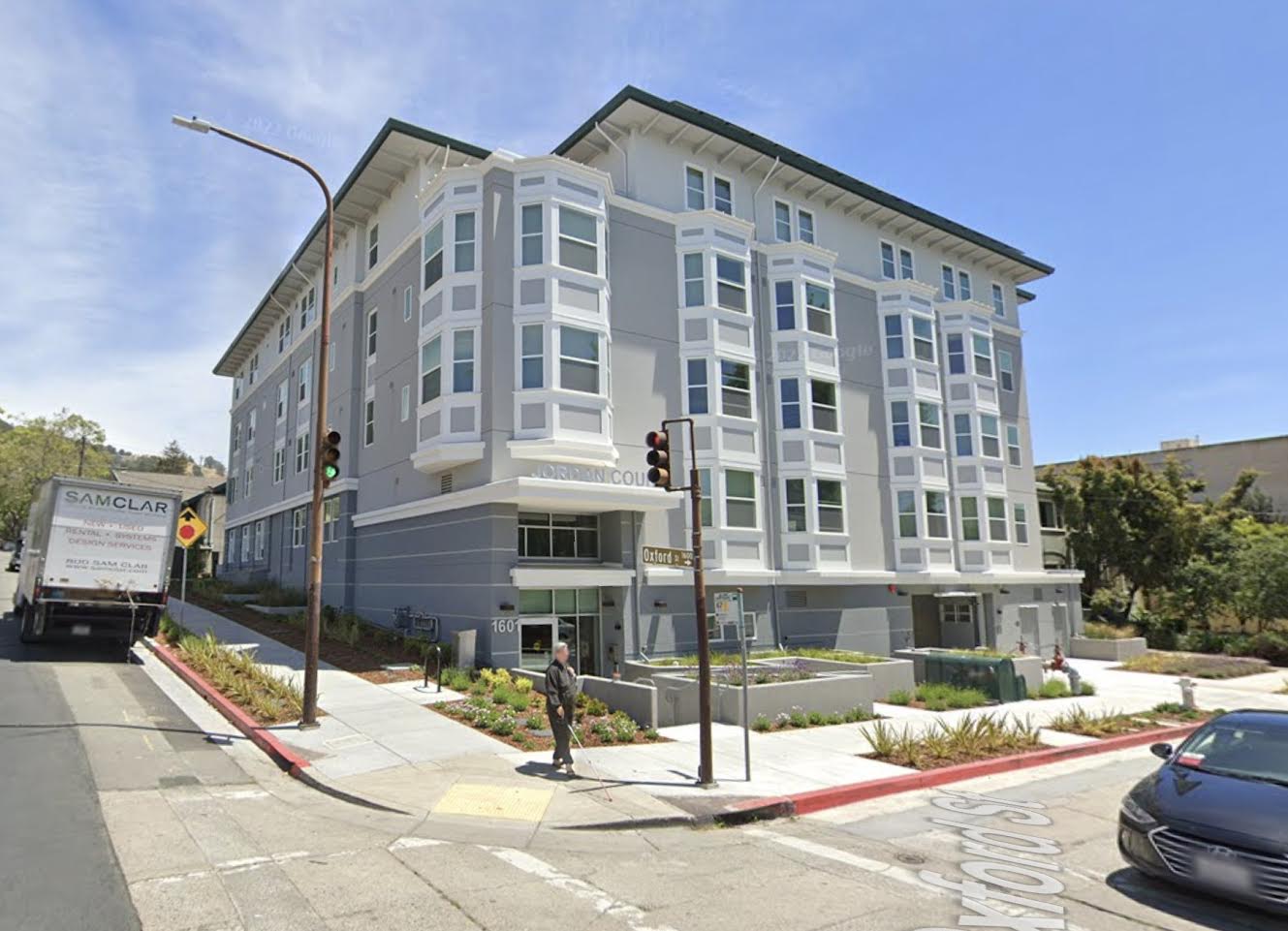
A church in Berkeley (left) was rebuilt to 37 units (right) under SB 35’s streamlining, which SB 423 will further improve. | Courtesy
In addition to local opposition, bureaucratic processes and high costs delay and often prevent the building of multifamily projects. Since going into effect in 2018, Senate Bill 35 has helped cities that are not on track to meet their state housing goals overcome these challenges by making it faster and easier to build affordable and mixed-income housing projects in urban infill areas that local governments have already designated for multifamily housing.
By accelerating projects that already meet all local zoning and design standards, SB 35 lowers the cost of building those homes and brings them to market faster. This is especially important in coastal communities where the cost of building is higher, as it can help encourage more home builders to invest in building affordable housing projects by making them financially feasible. It’s been widely successful across the state.
Already, SB 35 has helped streamline more than 600 new homes in Santa Barbara County, more than 400 of them affordable to low- and very low-income residents. But for now, those projects have been in more inland cities like Buellton and Santa Ynez. We need new, affordable homes in coastal cities like Santa Barbara and Isla Vista, too. That’s why SB 423, this year’s extension of SB 35, also expands the bill into multifamily, urban infill sites in coastal cities that were previously exempted, while still upholding protections for valuable and vulnerable coastal areas.
The lack of new housing construction is a major contributor to many of Santa Barbara’s social ills. Residents’ health is impacted as they are forced to live in unsafe conditions — black mold being a common discovery in many apartments. Students commonly experience extreme stress in the housing search; many must pay numerous application fees just to be turned down by dozens of leasing companies.
Racial and socioeconomic diversity also suffers, creating a campus and community that is significantly whiter and richer than other parts of California. Local workers get priced out due to competition with students and newcomers, forcing service, agricultural, and education workers into inland cities with long, environmentally damaging commutes. This ultimately compromises the economic, environmental, and social fabric of Santa Barbara, and prevents workers from enjoying the many benefits of coastal living.
The housing crisis is not just our present, as students, but our future too. At the end of our education at UC Santa Barbara, regardless of the community and roots we have built, the jobs we hold, our potential as future teachers, nurses, small business owners, and essential workers that could serve Santa Barbara, most UCSB students are forced to leave the area because we cannot afford to live here.
SB 423 is critical to ensuring that safe, stable, affordable housing can be a reality for all UCSB students. UCSB students are an integral part of the Santa Barbara community, and our housing needs are not separate from the rest of the city and county. SB 423 is a proven tool to increase the affordable and mixed-income housing our area desperately needs, not just for students, but for all Santa Barbara County residents.
Zadie Waletzko and Micah Littlepage are students at the University of California, Santa Barbara.

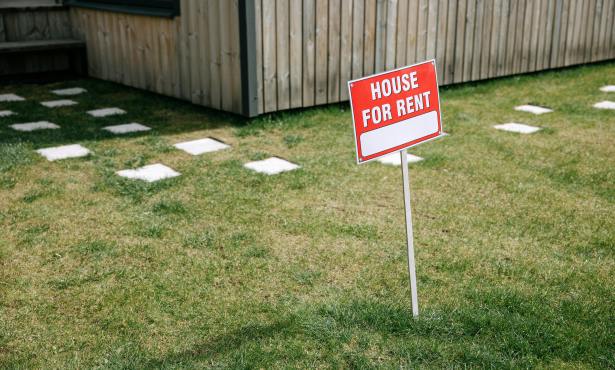
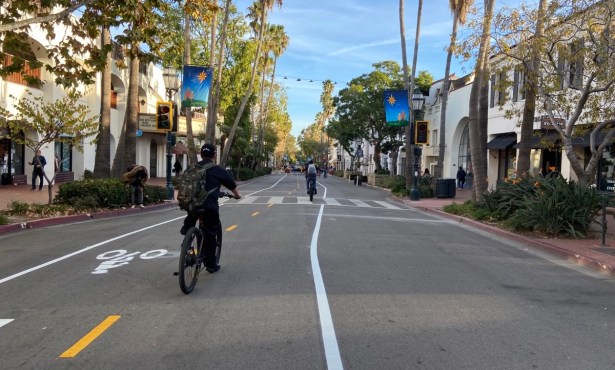
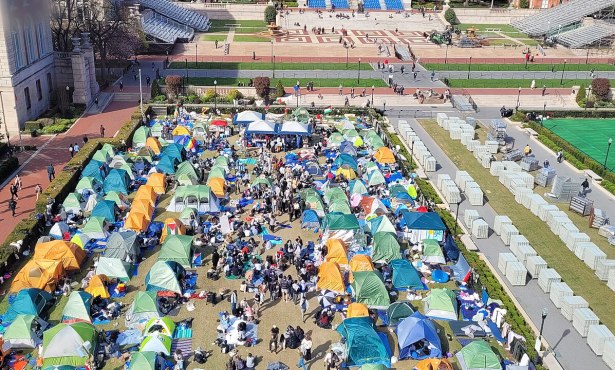
You must be logged in to post a comment.